ONLINE streaming sites like Netflix and Amazon UK have made it easier than ever to access thousands of films with the click of a few buttons.
And with the Covid-19 lockdown ongoing, and Cineworld Jersey temporarily closed (although hopefully due to reopen ASAP), there has never been a better time to indulge in watching films in the comfort of your own home.
As such, I’ve been running a series on the JEP’s weekly film pages in which, every Saturday, I pick my top 50 must-see films from a particular genre – not necessarily the greatest ever made (although many of them certainly qualify as such), but the ones that I personally most recommend watching.
To date, I have covered crime, comedy, sci-fi, war, romance, horror, action/adventure, film noir, drama, westerns, children’s films, musicals and even so-bad-they’re-good films, and you can read the latter list below.
For reasons more to do with OCD than anything else, I never allow the same film to appear in more than one list, thus ET is absent from my top 50 children’s films list because it already appears in my top 50 sci-fi films list, and so on.
All films are listed in order of personal preference, and all feedback is welcome, regardless of whether you agree or disagree with my choices: togg@jerseyeveningpost.com

TOP 50 SO-BAD-THEY’RE-GOOD FILMS
I’M going to try something a little different now and present my top 50 so-bad-they’re-good films.
A quick clarification, though, before I begin: having tried to write and direct a feature-length film of my own in years gone by, I’m all too aware of just how damn difficult it is to shoot even a single scene, let alone an entire film, and creating something that is actually worth watching is harder still.
And so while the majority of the films on the following list are undoubtedly poorly written, poorly directed and poorly acted, I nevertheless genuinely appreciate the efforts of those who made them, even if the end result is far from their original vision.
The fact is that the films on this list are at least fun to watch, which ultimately means they have succeeded as a form of entertainment, even if the reasons they’re so enjoyable are different to those intended by the filmmakers.
Personally, I would much rather watch, say, Joseph Sargent’s infamously awful Jaws 4: The Revenge than I would the latest gooey rom-com from Richard Curtis, and I would certainly rather sit through Irwin Allen’s The Swarm or Ed Wood’s endearing Plan 9 from Outer Space than any of the soulless big-budget duds routinely churned out by Michael Bay (if this list were simply documenting the worst films of all time, it would likely feature every Michael Bay movie ever made, not to mention those of Uwe Boll, Rob Zombie and McG).
Also absent from my list are any films that are intentionally bad. Think of the cynical Sharknado franchise and all those pitiful Mega-Octopus Vs Giant Crocosaurus movies, where all involved quite obviously set out to create something dreadful, presumably to appeal to undemanding bad-film connoisseurs. As far as I’m concerned, if the filmmakers can’t be bothered then nor can I.
1. The Room (2003, Tommy Wiseau)
NOT to be confused with Lenny Abrahamson’s Oscar-winning Room (2015), The Room is a romantic drama that is devoid of either romance or drama and which depicts the tortured love life of Johnny, a successful banker played by the singular Tommy Wiseau.
With his lank hair and disquieting features, Wiseau – who also wrote, directed and produced The Room – looks like a partially melted waxwork of Louis XIV and delivers his self-penned dialogue as if reading it for the first time from a malfunctioning Autocue.
In fact, the entire cast of The Room struggle with Wiseau’s borderline incomprehensible dialogue (‘Leave your stupid comments in your pocket!’), while the unfathomable plot-line has entire scenes seemingly appearing in the wrong order and/or entirely out of context (at one point, a key character reveals she has been diagnosed with breast cancer, only for the shocking revelation to be instantly sidelined and never mentioned again).
Stylistically, The Room is equally muddled. Much of the action takes place on the rooftop terrace of Johnny’s townhouse, yet for some inexplicable reason the surrounding San Francisco skyline is depicted via woefully unconvincing back-projection. This is just one of many instances throughout the film in which Wiseau needlessly created artificial sets to replicate readily available real-life locations (the film was shot entirely in San Francisco).
And then there is man-child Denny, who is played by Philip Haldiman, and who acts as a sort of weird surrogate-son figure to Johnny, albeit a surrogate-son figure with a creepy habit of turning up at Johnny’s apartment either immediately before or immediately after Johnny and his girlfriend, Lisa, have copulated (The Room’s sex scenes – and Wiseau’s buttocks – are a once-seen-never-forgotten experience).
Away from the cameras, Tommy Wiseau is an even more enigmatic and unusual individual than he appears on screen. The 64-year-old claims to have been born and raised in Louisiana, despite possessing the single most impenetrable European accent this side of Inspector Clouseau, while the origins of The Room’s hefty $6 million budget remain unknown (one story has Wiseau raising big bucks by flogging dodgy leather jackets).
Yet these mysteries have only contributed to the dedicated cult following The Room has developed over the years, with fans around the world flocking to interactive Rocky-Horror-style screenings in which they wear wigs, shout lines in tandem with the film’s characters (‘You’re tearing me apart, Lisa!’) and hurl plastic cutlery into the air whenever a framed picture of a spoon appears on screen, which is bafflingly often.
Film fact: A film based on the making of The Room was released in 2017. Titled The Disaster Artist, the award-winning comedy-drama was based on the book of the same name by actor Greg Sestero, who plays Johnny’s best friend Mark in the original film, and starred James Franco as the indecipherable Wiseau (Franco also directed).
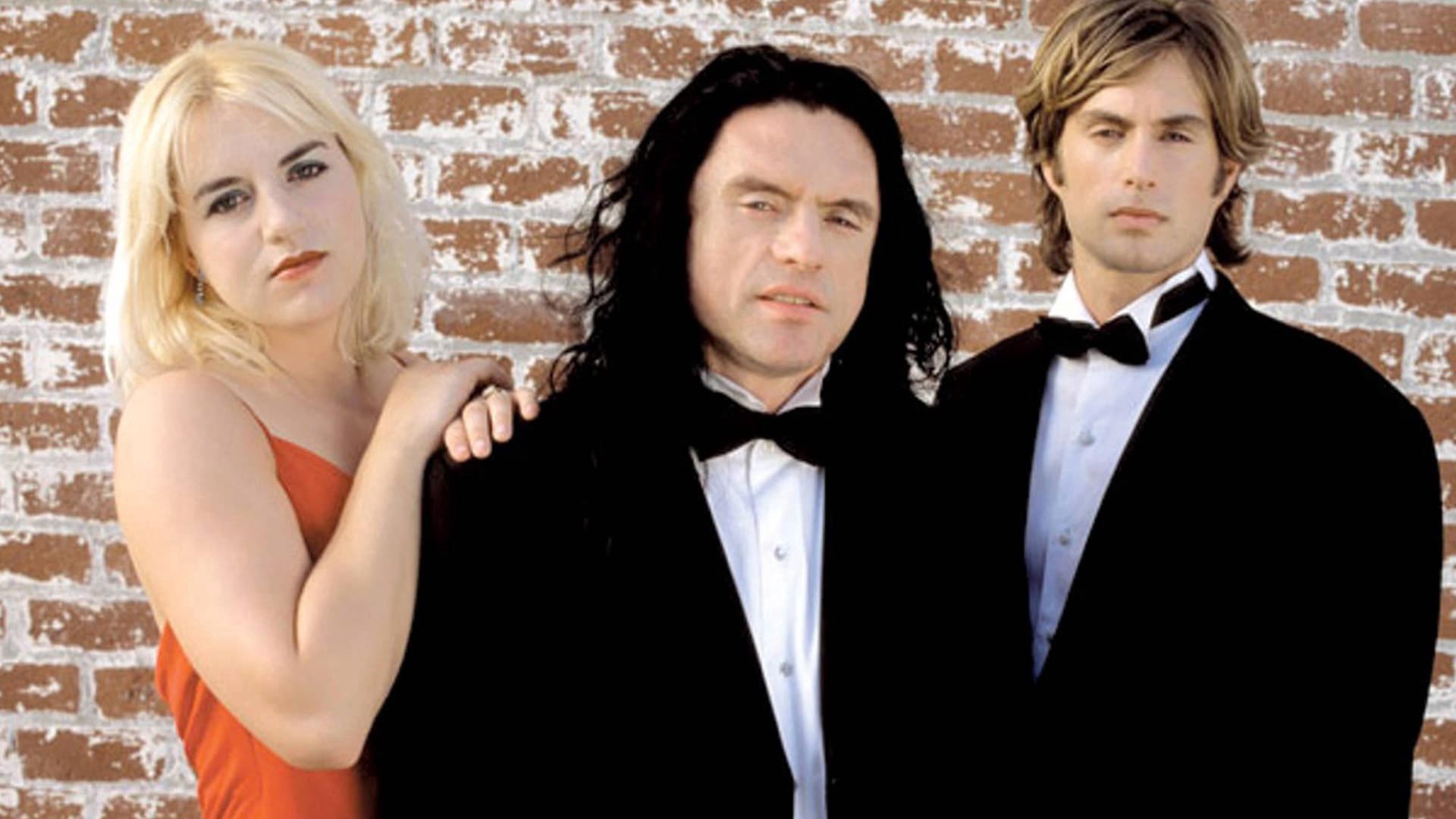
2. Mac and Me (1988, Stewart Raffill)
HAVE you ever found yourself wondering what ET would have been like had Steven Spielberg made his beloved sci-fi classic with a tenth of the budget (and talent) and in collaboration with McDonald’s?
Well, wonder no more because Stewart Raffill’s Mac and Me more than provides the answer.
Released to universal derision in 1988, the film centres on Mac (Mysterious Alien Creature), a bug-eyed extraterrestrial who winds up stranded on Earth after getting sucked into a sort of intergalactic flying vacuum cleaner thing.
Before long, little Mac has befriended Michael Cruise (Jade Calegory), a wheelchair-bound schoolboy who introduces his new animatronic alien pal to the life-saving joys of eating Skittles and drinking Coca Cola (later in the film, Mac’s dying alien relatives are brought back from the brink of death by slurping on cans of Coke).
The product placement then plumbs hitherto untapped depths of shamelessness when Mac and Michael visit a McDonald’s restaurant and engage in an impromptu dance sequence alongside several cheerful members of staff (what alternate reality is this?) and Ronald McDonald himself.
Speaking of whom, McDonald also appears in the film’s nightmarish trailer, exclaiming ‘Hi kids!’ to the camera in what feels like a creepy out-take from Stephen King’s IT.
Film fact: Keep ’em peeled for a teenage Jennifer Aniston, who is among the extras in the McDonald’s dance sequence.

3. Showgirls (1995, Paul Verhoeven)
HAVING collaborated on smash-hit erotic-thriller Basic Instinct (1992), Dutch director Paul Verhoeven and sleaze-loving screenwriter Joe Eszterhas clearly decided they had hit upon a winning formula: sexy blonde actress + explicit sex and nudity = megabucks.
Alas, lightening failed to strike twice, and Showgirls – a big-budget erotic-drama detailing the travails of a trainee showgirl in Las Vegas – lost money at the box-office faster than lead actress Elizabeth Berkley loses her clothing.
Upon release, critics and audiences alike lined up to criticise Verhoeven’s film for its tacky plot, ropey acting and relentless focus on the bare chests of its nubile young stars.
Yet while Showgirls certainly has its knockers, it is the very qualities for which it is derided that make it such an enjoyable viewing experience, with scenes that are intended to titillate instead prompting titters (the swimming pool sex scene in particular has to be seen to be believed).
And although the film failed at the box-office, it proved surprisingly popular when released on home video, which in turn led to its renaissance as a cult favourite (some have claimed the entire film is an elaborate satire concocted by Verhoeven, while the Guardian(!) recently described it as ‘a #MeToo story with a male gaze’).
Back in 1995, however, Showgirls was met with such vitriol that it almost destroyed Berkley’s career (the backlash led to her being dropped by her agent), although the former Saved By the Bell star has since rescued her career somewhat with likeable turns in Roger Dodger (2002) and Women in Trouble (2009) and in Off-Broadway shows like Hurlyburly.
Film fact: A straight-to-DVD sequel – Showgirls 2: Penny’s from Heaven – was released in 2011, but sadly lacked the campy charms and comedy value of the original.
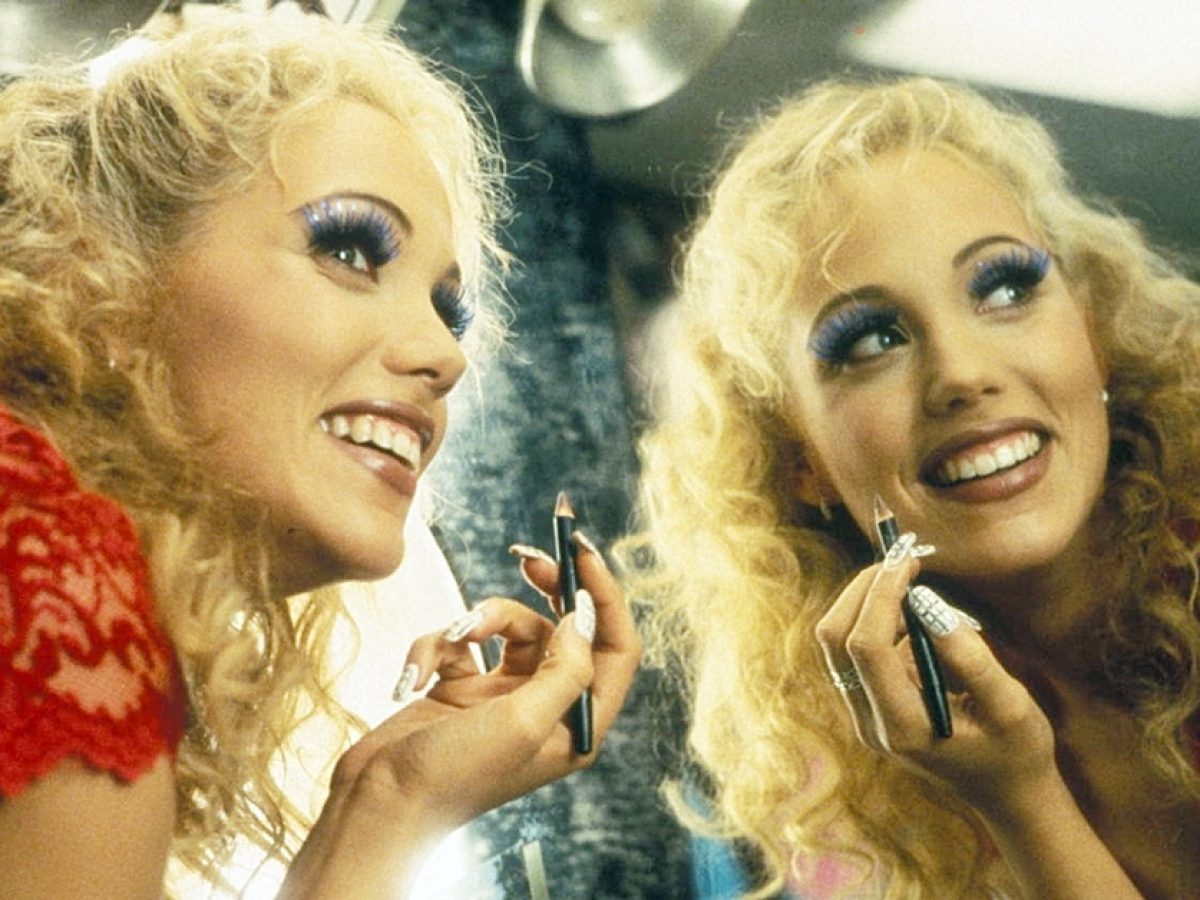
4. The Swarm (1978, Irwin Allen)
5. Night of the Lepus (1972, William F Claxton)
6. The Island of Dr Moreau (1996, John Frankenheimer)
7. Jaws 4: The Revenge (1987, Joseph Sargent)
8. Killer Klowns from Outer Space (1988, the Chiodo Brothers)
9. Silent Night, Deadly Night 2 (1987, Lee Harry)
DIRECTED by Charles Sellier, Silent Night, Deadly Night caused considerable controversy upon release in 1984, with child-sensitive groups like the Parent-Teacher Association objecting to promotional material that featured a blood-splattered Santa descending unsuspecting homeowners’ chimneys with an axe.
In the ensuing decades, Sellier’s film spawned various sequels and remakes, and all are largely forgettable – except, that is, for Lee Harry’s Silent Night, Deadly Night 2 (1987).
Despite being cheaply made and padding out more than half of its running time with footage from the original, Silent Night, Deadly Night 2 is quite ridiculously entertaining thanks to the eccentric central performance of Eric Freeman.
The North Carolina-born actor plays troubled 18-year-old Ricky Caldwell, brother of the first film’s psychotic killer and the oldest looking teenager to grace the big-screen since Stockard Channing in Grease (Freeman was 32 at the time).
For those who haven’t yet seen it, it’s hard to adequately convey the sheer OTT theatricality of Freeman’s performance. If acting awards were given for Most Hyperactive Eyebrows then he would be an Oscar-winner on a par with Meryl Streep, with his manically animated ‘brows often seeming on the verge of levitating off his face (there are multiple videos on YouTube featuring fan-made montages of Freeman’s eyebrow acrobatics).
His immortal delivery of the line ‘garbage day!’, meanwhile, has proved the inspiration for several thousand internet memes.
Film fact: Freeman had no idea that he and the film had amassed a cult following until decades later when a random stranger informed him that there were numerous websites and viral videos dedicated to his performance.
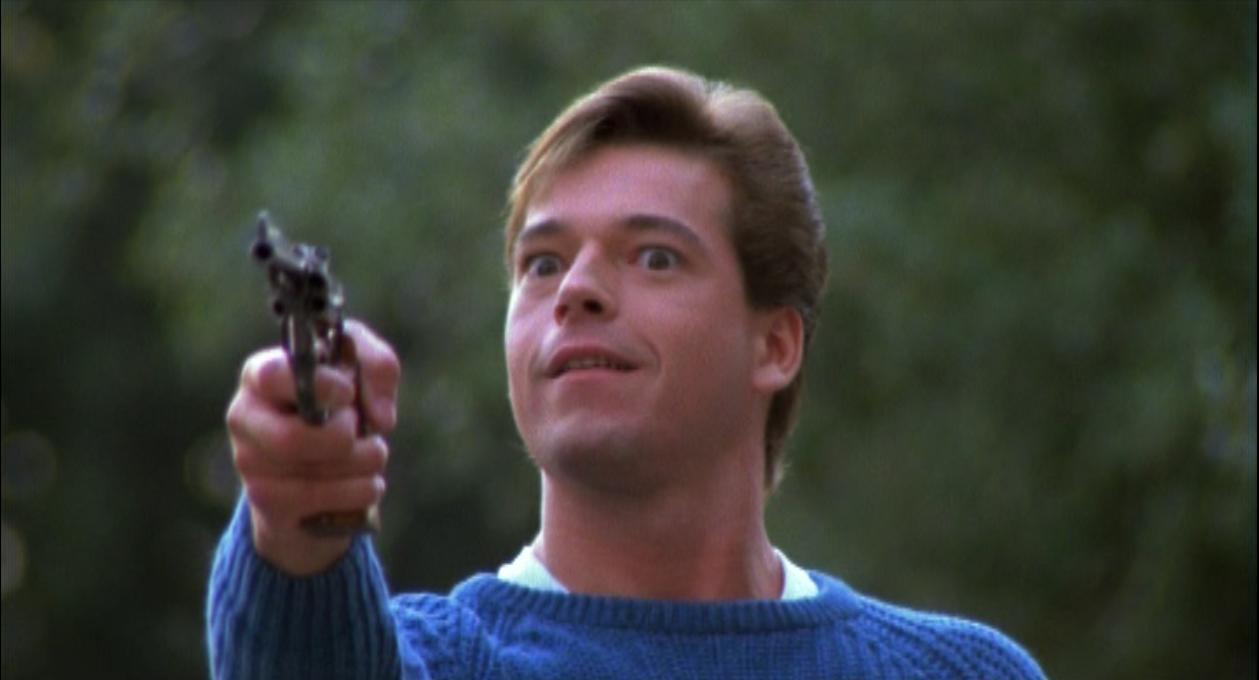
10. The Happening (2008, M Night Shyamalan)
WHEN it comes to bad films, few directors have served up quite as many big-screen clunkers as M Night Shyamalan. From Lady in the Water (2006) and The Last Airbender (2010) to Scientology-based sci-fi After Earth (2013), the Indian-American filmmaker has tried repeatedly to recapture the magic of his early hits (The Sixth Sense, Unbreakable), but without success.
Sadly, most of the above-mentioned films are simply too po-faced and dull to be even unintentionally amusing. That, however, cannot be said of Shyamalan’s hypnotically bad horror-thriller The Happening.
Released in 2008, the film stars Mark Wahlberg as Elliot Moore, a science teacher who finds himself reluctantly leading the battle against a deadly gust of wind that causes people to commit suicide in outlandish ways (death by ride-on lawnmower, anyone?).
Although typically a reliable screen presence, Wahlberg here gives a performance of such epic awkwardness that it is as if he is being forced to recite his lines at gunpoint. The actor often looking visibly embarrassed, whether he is delivering Shyamlan’s unspeakable dialogue, or listening to others attempting to do so.
Yet Wahlberg’s performance looks Oscar-worthy compared to those of his co-stars, among whom is Zoey Deschanel, who plays Elliot’s wife, Alma, and who spends the entire film with a near-permanent look of stunned incomprehension on her face, even when nothing especially untoward is taking place (she also nabs the film’s best/worst line: ‘Just when you thought there couldn’t be any more evil that could be invented’).
Elsewhere, John Leguizamo plays Julian, Elliot’s best friend and a man who seems to be constantly in the grip of seething fury, for reasons that are never remotely explained.
The entire film is a mess of bad ideas and even worse acting, yet just writing about it here has left me wanting to re-watch it all over again. I suspect a repeat viewing will shortly be ‘happening’.
Film fact: Despite being utterly ineffective as either a horror or thriller, The Happening nonetheless impressed author Stephen King, who named the film one of his favourites of 2008 and said: ‘M Night Shyamalan really understands fear.’ Proof that King is a master of the written word, but a poor judge of movies.
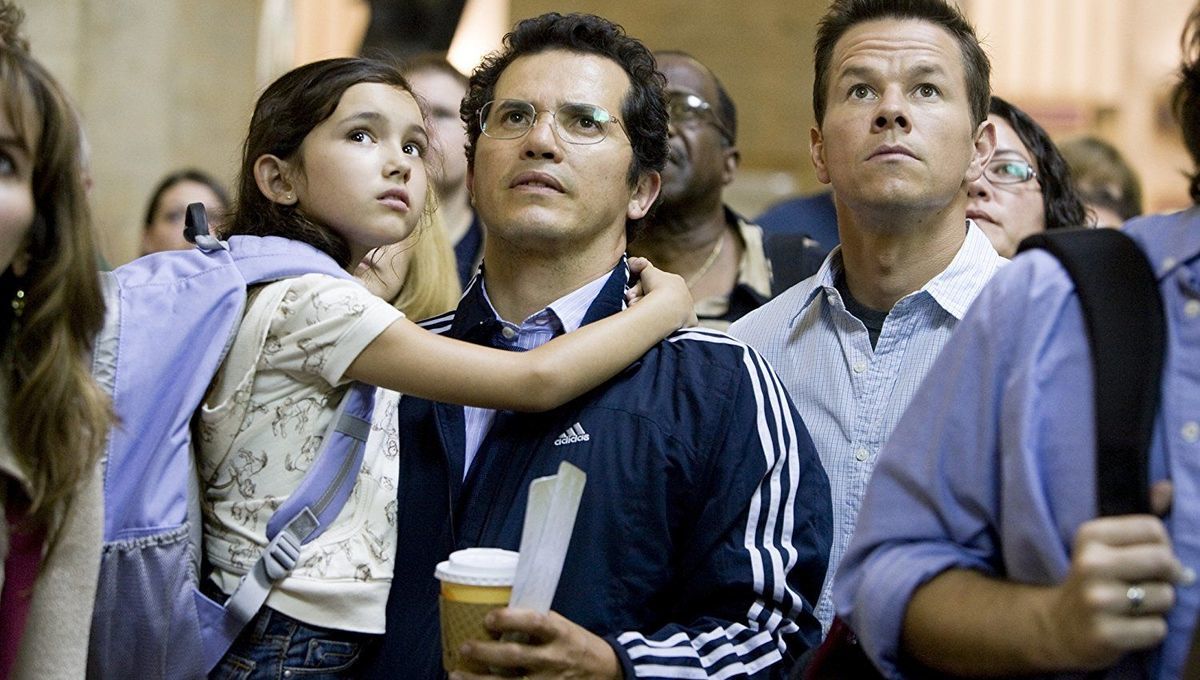
11. Plan 9 from Outer Space (1959, Ed Wood)
12. Mad Foxes (1981, Paul Grau)
13. Terror of Tiny Town (1938, Sam Newfield)
14. Troll 2 (1990, Claudio Fragasso)
15. Lifeforce (1985, Tobe Hooper)
16. Birdemic: Shock and Terror (2010, James Nguyen)
17. Return of the Killer Tomatoes (1988, John De Bello)
18. Howard the Duck (1986, Willard Huyck)
19. Anaconda (1997, Luis Llosa)
20. Masters of the Universe (1987, Gary Goddard)
21. Twisted Pair (2018, Neil Breen)
22. Exorcist II: The Heretic (1977, John Boorman)
23. Invaders from Mars (1986, Tobe Hooper)
24. Deep Blue Sea (1999, Renny Harlin)
25. Samurai Cop (1991, Amir Shervan)
26. They Saved Hitler’s Brain (1968, David Bradley)
27. Robot Monster (1953, Phil Tucker)
28. SS Experiment Camp (1976, Sergio Garrone)
29. Starcrash (1978, Luigi Cozzi)
30. Confessions of a Driving Instructor (1976, Norman Cohen)
31. Mortal Kombat (1995, Paul WS Anderson)
32. The Phantom Planet (1961, William Marshall)
33. The Dark (1979, John ‘Bud’ Cardos)
34. Delirium (1979, Peter Maris)
PETER Maris’s plodding Delirium ought to be a prime contender for exclusion from this list. After all, I specifically said that films included here had to be bad but fun, not bad but dull.
However, there is one aspect of Delirium – or Psycho Puppet as it is also known – that elevates it from mundane actioner to hilarity-inducing must-watch, and that is its soundtrack.
Throughout the film, the exact same piece of music is played whenever the action kicks in: Approaching Menace by British composer Neil Richardson – or as it’s better know to UK audiences: the theme tune from Mastermind.
Yes, whenever anything even vaguely exciting happens on-screen – be it a car chase or shoot-out – that familiar ‘dum… dum… ba-ba-ba-bahhh, ba-ba-ba-bahhhh, DAH DAH’ slowly builds on the soundtrack, and whatever tension the filmmakers were hoping to instil immediately evaporates.
Delirium may be rubbish, but I guarantee that once you’ve started, you’ll finish.
Film fact: Delirium is so obscure that I couldn’t even find a good quality image from the film to accompany this write-up, so here’s a pic of Theodore Rex instead…
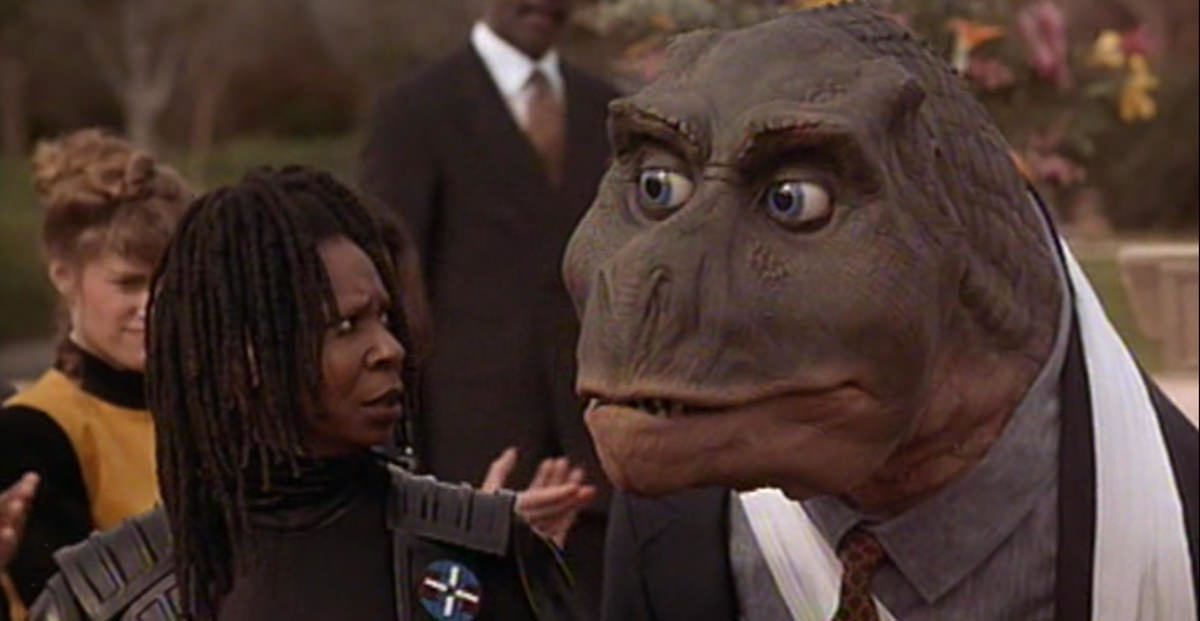
35. Theodore Rex (1996, Jonathan Betuel)
36. The Roller Blade Seven (1991, Donald G Jackson)
37. The Wind (1986, Nico Mastorakis)
38. Giant Spider Invasion (1975, Bill Rebane)
39. Maximum Overdrive (1986, Stephen King)
40. Glen or Glenda? (1953, Ed Wood)
41. Caligula (1979, Tinto Brass)
42. The Garbage Pail Kids Movie (1987, Rod Amateau)
43. Love Thy Neighbour (1973, John Robins)
44. Grease 2 (1982, Patricia Birch)
45. Fateful Findings (2012, Neil Breen)
46. Mannequin (1987, Michael Gottlieb)
47. A Shot of Glory (2002, Michael Corrente)
48. The Incredibly Strange Creatures Who Stopped Living and Became Mixed-Up Zombies (1964, Ray Dennis Steckler)
49. Love Camp 7 (1969, Lee Frost)
50. Snuff (1976, Michael Findlay)
BACK in the ‘video-nasties’ era, VHS cover designers often created lurid sleeve artwork that seemed almost custom made to attract the attention of the police, the Daily Mail and uptight purveyors of morality such as Mary Whitehouse.
Yet if anything, the blurbs that appeared alongside the artwork were even more incendiary, promising viewers ‘the most barbaric, hideous, gruelling, depraved, sadistic film you will EVER see!’, although it was rare indeed that the accompanying movie lived up to the hype.
Perhaps the most notorious – and misleading – example of this appeared on the video sleeve for Michael Findlay’s Snuff: ‘The film that could only be made in South America – where life is CHEAP!’
This dubious boast almost single-handedly led to the urban legend that video nasties featured non-staged footage of people being killed for real – a claim that was even repeated in the House of Commons at the height of the video nasties furore.
All complete baloney, of course, and never more so than with Findlay’s film, which is in fact a staggeringly inept kidnap caper, loosely based on the crimes of Charles Manson and his deluded ‘Family’.
Originally titled Slaughter, the distributors decided to liven up the film by shooting a ‘snuff’ scene, plastering it over the finale, changing the title accordingly and then – upon the film’s release – hiring fake protesters to stand outside cinemas feigning outrage.
Watched today, it is almost impossible to believe that anyone who saw Snuff’s woefully amateurish ‘snuff’ scene could possibly have believed it was real. No wonder Mary Whitehouse wore such enormous glasses – she must have been half-blind!
Film fact: Slaughter/Snuff was shot almost entirely without sound as most of the cast couldn’t speak English, hence the atrocious dubbing.
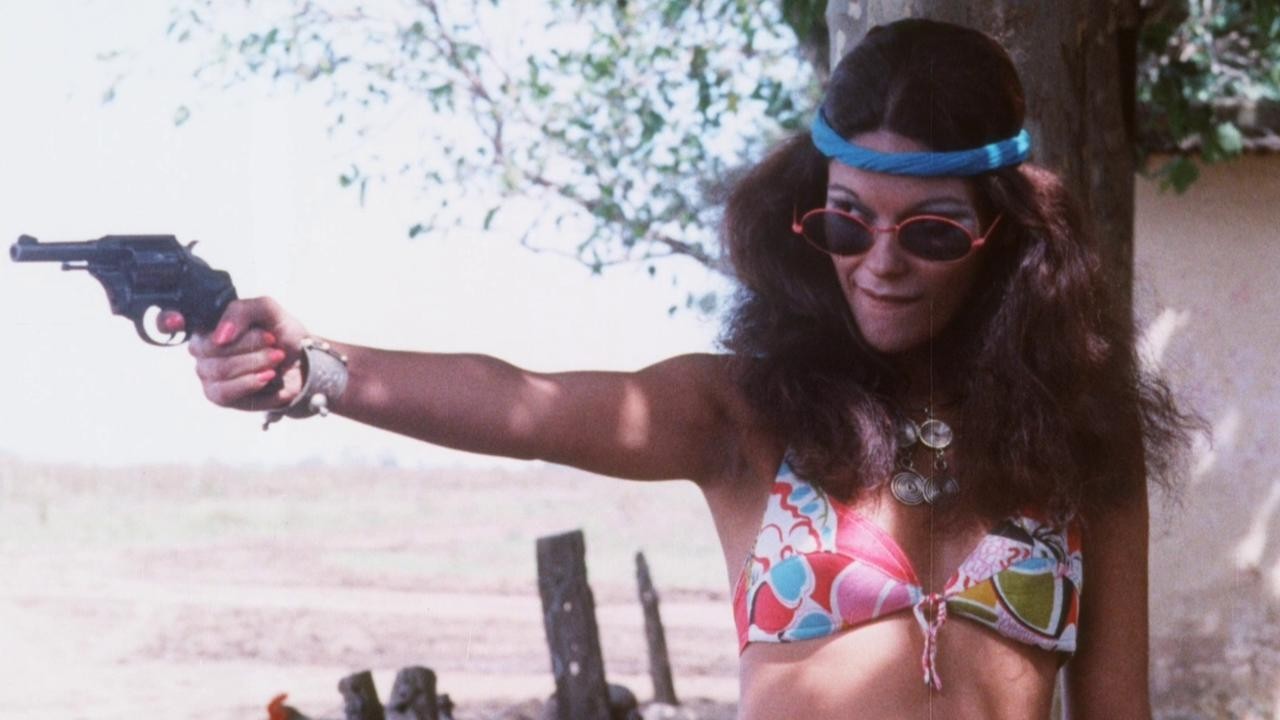
* If you enjoyed this list, be sure to read my other top 50 film lists on the Features page of the Jersey Evening Post website






